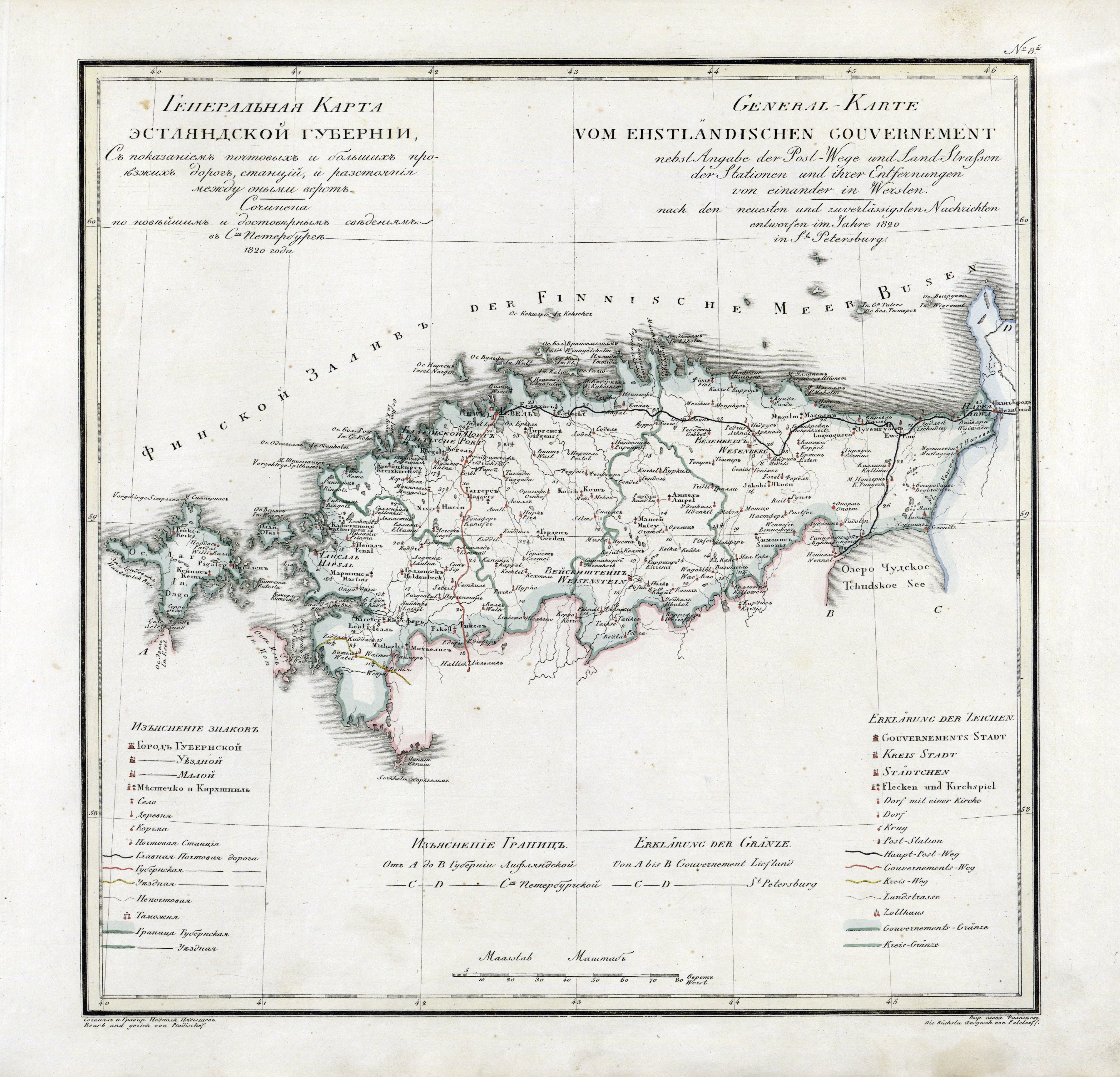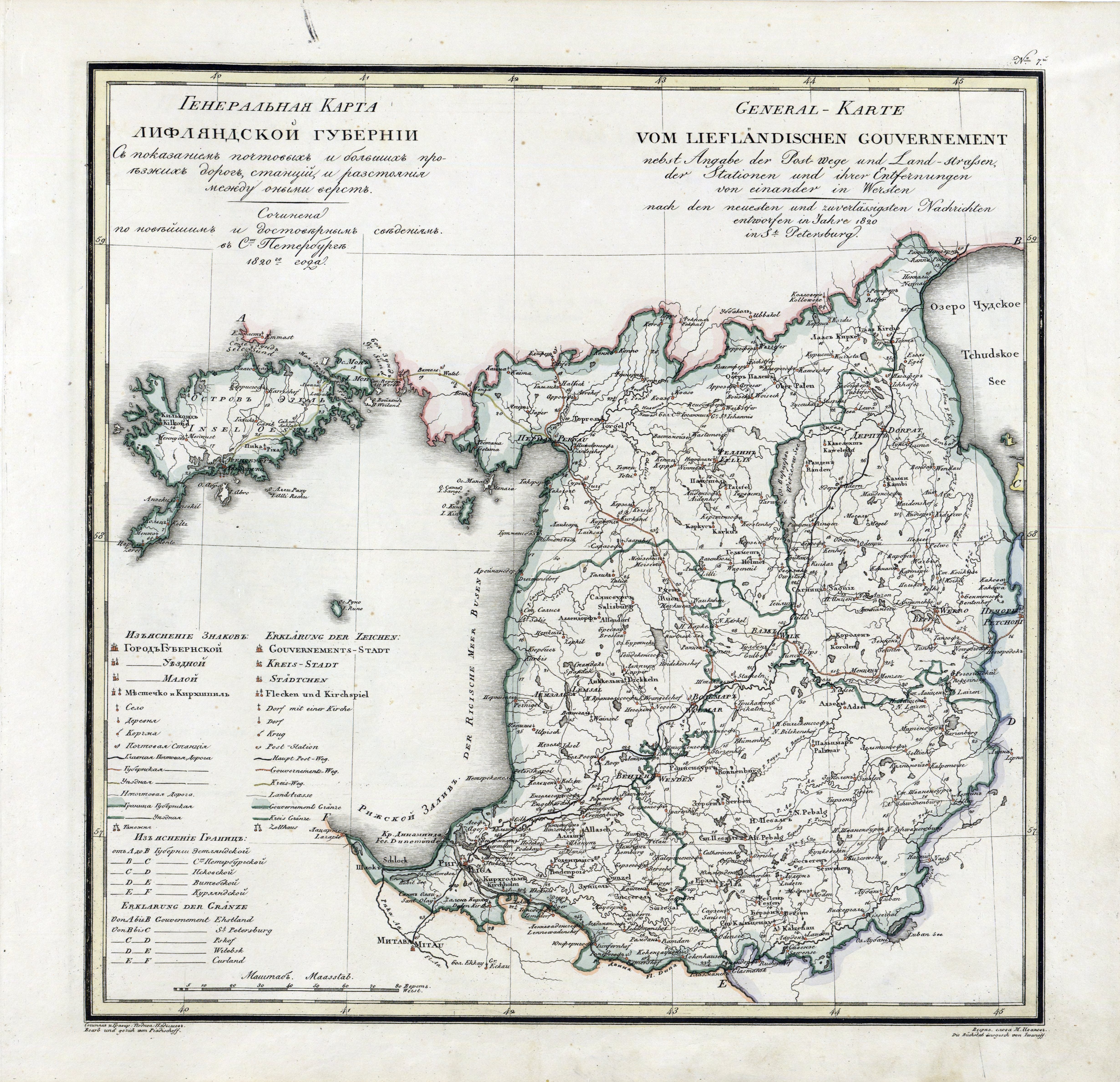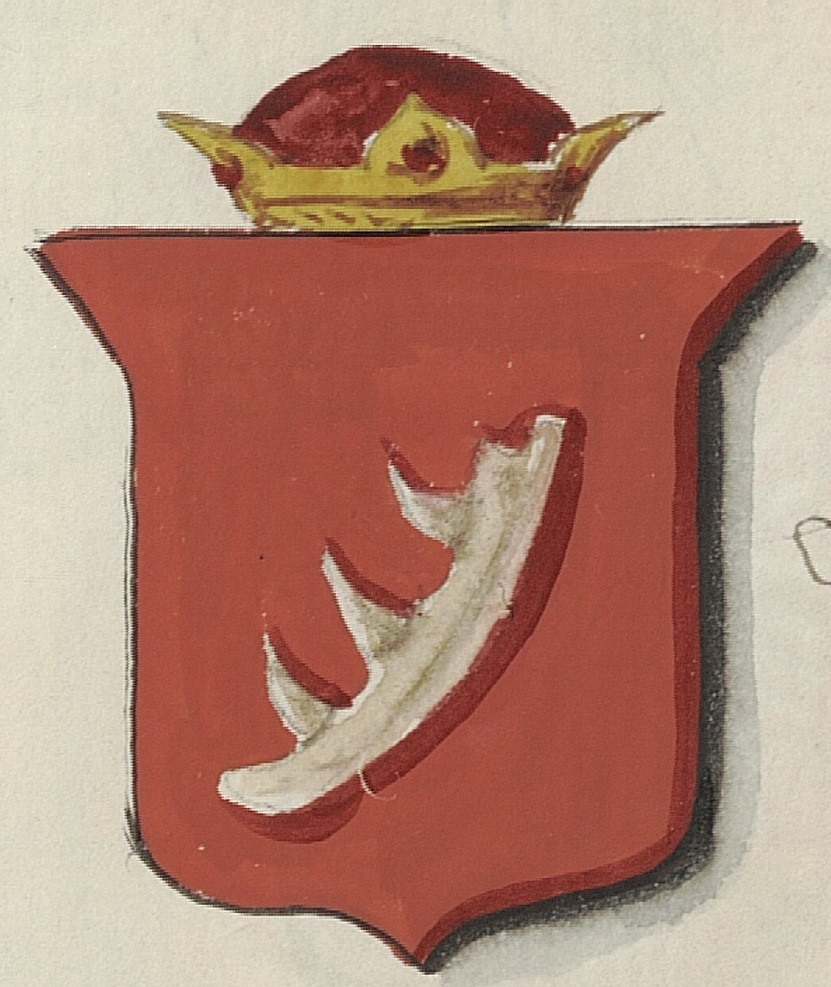|
Estonia–Poland Relations
Estonia–Poland relations are the bilateral relations between Estonia and Poland. Both nations are members of the European Union, EU, NATO, OECD, OSCE, Bucharest Nine, Three Seas Initiative, TSI, United Nations, Council of Europe, COE, Council of the Baltic Sea States, CBSS, HELCOM and World Trade Organization, WTO. The two countries became members of the European Union, EU in 2004. History Early history Estonia, then part of Livonia, was incorporated into the territory of Grand Duchy of Lithuania and later, the Polish–Lithuanian Commonwealth, which become Duchy of Livonia under Polish rule. The Livonian War further secured Polish authority, having halted Tsardom of Russia, Russian attempt to conquer the region. Laiuse, Lajs (modern Laiuse, Estonia) was the seat of northernmost starostwo of Poland, whereas Tartu, Dorpat (Tartu) and Pärnu, Parnawa (Pärnu) were the northernmost voivodeship capitals of Poland. Livonia did not hold any significant position in the Commonwealth' ... [...More Info...] [...Related Items...] OR: [Wikipedia] [Google] [Baidu] |
Bilateral Relations
Bilateralism is the conduct of political, economic, or cultural relations between two sovereign states. It is in contrast to unilateralism or multilateralism, which is activity by a single state or jointly by multiple states, respectively. When states recognize one another as sovereign states and agree to diplomatic relations, they create a bilateral relationship. States with bilateral ties will exchange diplomatic agents such as ambassadors to facilitate dialogues and cooperations. Economic agreements, such as free trade agreements (FTAs) or foreign direct investment (FDI), signed by two states, are a common example of bilateralism. Since most economic agreements are signed according to the specific characteristics of the contracting countries to give preferential treatment to each other, not a generalized principle but a situational differentiation is needed. Thus through bilateralism, states can obtain more tailored agreements and obligations that only apply to particular con ... [...More Info...] [...Related Items...] OR: [Wikipedia] [Google] [Baidu] |
Polish–Lithuanian Commonwealth
The Polish–Lithuanian Commonwealth, also referred to as Poland–Lithuania or the First Polish Republic (), was a federation, federative real union between the Crown of the Kingdom of Poland, Kingdom of Poland and the Grand Duchy of Lithuania, existing from 1569 to 1795. This state was among the largest, most populated countries of 16th- to 18th-century Europe. At its peak in the early 17th century, the Commonwealth spanned approximately and supported a multi-ethnic population of around 12 million as of 1618. The official languages of the Commonwealth were Polish language, Polish and Latin Language, Latin, with Catholic Church, Catholicism as the state religion. The Union of Lublin established the Commonwealth as a single entity on 1 July 1569. The two nations had previously been in a personal union since the Union of Krewo, Krewo Agreement of 1385 (Polish–Lithuanian union) and the subsequent marriage of Queen Jadwiga of Poland to Grand Duke Jogaila of Lithuania, who was cr ... [...More Info...] [...Related Items...] OR: [Wikipedia] [Google] [Baidu] |
Governorate Of Estonia
The Governorate of Estonia, also known as the Esthonia (Estland) Governorate, was a province (''guberniya'') and one of the Baltic governorates of the Russian Empire. It was located in the northern Estonia with some islands in the West Estonian archipelago, including Hiiumaa and Vormsi. Previously, the Reval Governorate existed during Peter the Great, Peter I's reign and was confirmed by the Treaty of Nystad, which ceded territory from Swedish Empire, Sweden to the newly established Russian Empire. The Estonia Governorate was established in 1796 when Paul I of Russia, Paul I's reforms abolished the Reval Viceroyalty. The port city of History of Tallinn, Reval (known in Russian as Revel, contemporary Tallinn) was the administrative centre where the governor had his seat. From the 1850s to 1914, the Estonian national awakening influenced and characterized the governorate by general modernization, the reorganization into a modern European society, and the success of the newly em ... [...More Info...] [...Related Items...] OR: [Wikipedia] [Google] [Baidu] |
Governorate Of Livonia
The Governorate of Livonia, also known as the Livonia Governorate, was a province (''guberniya'') and one of the Baltic governorates of the Russian Empire, Baltic Governorate-General until 1876. Governorate of Livonia bordered Governorate of Estonia to the north, Saint Petersburg Governorate, Saint Petersburg and Pskov Governorate, Pskov Governorates to the east, Courland Governorate to the south, and the Gulf of Riga to the west. In 1897, the population of the governorate was 1,299,365, and it had an area of . The administrative centre of the governorate was the Baltic Sea port of Riga. It roughly corresponded to most of the modern Vidzeme, Vidzeme Region of Latvia and southern Estonia. History Following the capitulation of Estonia and Livonia in 1710, Peter the Great, on 28 July 1713, created the Riga Governorate () which also included Smolensk uezd, Dorogobuzh uezd, Roslavl uezd and Vyazma uezd of Smolensk Governorate. Smolensk Province was created from territory in Smolen ... [...More Info...] [...Related Items...] OR: [Wikipedia] [Google] [Baidu] |
Flag Of Poland
The national flag of Poland ( ) consists of two horizontal stripes of equal width, the upper one white and the lower one red. The two colours are defined in the Constitution of Poland, Polish constitution as the national colours. A variant of the flag with the Coat of arms of Poland, national coat of arms in the middle of the white fess is legally reserved for official use abroad and at sea. A similar flag with the addition of a white eagle is used as the naval ensign of Poland. White and red were officially adopted as national colours in 1831, although these were associated with Poland since the Middle Ages and were emphasized on Banner of Poland, royal banners. They are of heraldry, heraldic origin and derive from the Tincture (heraldry), tinctures (colours) of the coats of arms of the two constituent nations of the Polish–Lithuanian Commonwealth (i.e., the White Eagle of Poland, and the Pahonia, Pursuer of the Grand Duchy of Lithuania, a white knight riding a white horse), ... [...More Info...] [...Related Items...] OR: [Wikipedia] [Google] [Baidu] |
Stephen Báthory
Stephen Báthory (; ; ; 27 September 1533 – 12 December 1586) was King of Poland and Grand Duke of Lithuania (1576–1586) as well as Prince of Transylvania, earlier Voivode of Transylvania (1571–1576). The son of Stephen VIII Báthory and a member of the Hungarian Báthory noble family, Báthory was a ruler of Transylvania in the 1570s, defeating another challenger for that title, Gáspár Bekes. In 1576, Báthory became the husband of Queen Anna Jagiellon and the third royal election, elected king of Poland. He worked closely with chancellor Jan Zamoyski. The first years of his reign were focused on establishing power, defeating a fellow claimant to the throne, Maximilian II, Holy Roman Emperor, and quelling rebellions, most notably, the Danzig rebellion, Gdańsk rebellion. He reigned only a decade, but is considered one of the most successful Monarchs of Poland, kings in Polish history, Polish and Lithuanian history, particularly in the military realm. His signal ... [...More Info...] [...Related Items...] OR: [Wikipedia] [Google] [Baidu] |
Russian Empire
The Russian Empire was an empire that spanned most of northern Eurasia from its establishment in November 1721 until the proclamation of the Russian Republic in September 1917. At its height in the late 19th century, it covered about , roughly one-sixth of the world's landmass, making it the list of largest empires, third-largest empire in history, behind only the British Empire, British and Mongol Empire, Mongol empires. It also Russian colonization of North America, colonized Alaska between 1799 and 1867. The empire's 1897 census, the only one it conducted, found a population of 125.6 million with considerable ethnic, linguistic, religious, and socioeconomic diversity. From the 10th to 17th centuries, the Russians had been ruled by a noble class known as the boyars, above whom was the tsar, an absolute monarch. The groundwork of the Russian Empire was laid by Ivan III (), who greatly expanded his domain, established a centralized Russian national state, and secured inde ... [...More Info...] [...Related Items...] OR: [Wikipedia] [Google] [Baidu] |
Voivodeship
A voivodeship ( ) or voivodate is the area administered by a voivode (governor) in several countries of central and eastern Europe. Voivodeships have existed since medieval times and the area of extent of voivodeship resembles that of a duchy in western medieval states, much as the title of voivode was equivalent to that of a duke. Other roughly equivalent titles and areas in medieval Eastern Europe included ban (bojan, vojin or bayan) and banate. In a modern context, the word normally refers to one of the provinces () of Poland. , Poland has 16 voivodeships. Terminology A voi(e)vod(e) (literally, "leader of warriors" or "war leader", equivalent to the Latin "''Dux Exercituum''") was originally a military commander who stood, in a state's structure, next to the ruler. Later the word came to denote an administrative official. Words for "voivodeship" in various languages include the ; the ; the ; the Bulgarian: ''voivoda'' (войвода); the Serbian: ''vojvodina'' (в� ... [...More Info...] [...Related Items...] OR: [Wikipedia] [Google] [Baidu] |
Pärnu
Pärnu () is the fourth-largest city in Estonia. Situated in southwest Estonia, Pärnu is located south of the Estonian capital, Tallinn, and west of Estonia's second-largest city, Tartu. The city sits off the coast of Pärnu Bay, an inlet of the Gulf of Riga, which is a part of the Baltic Sea. In the city, the Pärnu River drains into the Gulf of Riga. Pärnu is a popular summer Tourism, holiday resort town among Estonians with many hotels, restaurants and large beaches. The city is served by Pärnu Airport. History Pärnu or Old Pärnu (, , ), which was founded by the bishop of Bishopric of Ösel–Wiek, Ösel–Wiek , suffered heavily under pressure of the concurrent town, and was finally destroyed . Another town, Embeke (later , ) was founded by the Livonian Order, who began building an Ordensburg nearby in 1265. The latter town, then known by the German name of , was a member of the Hanseatic League and an important ice-free harbor for Livonia. The Polish–Lithuanian ... [...More Info...] [...Related Items...] OR: [Wikipedia] [Google] [Baidu] |
Tartu
Tartu is the second largest city in Estonia after Tallinn. Tartu has a population of 97,759 (as of 2024). It is southeast of Tallinn and 245 kilometres (152 miles) northeast of Riga, Latvia. Tartu lies on the Emajõgi river, which connects the two largest lakes in Estonia, Lake Võrtsjärv and Lake Peipus. From the 13th century until the end of the 19th century, Tartu was known in most of the world by variants of its historical name Dorpat. Tartu, the largest urban centre of southern Estonia, is often considered the "intellectual capital city" of the country, especially as it is home to the nation's oldest and most renowned university, the University of Tartu (founded in 1632). Tartu also houses the Supreme Court of Estonia, the Ministry of Education and Research (Estonia), Ministry of Education and Research, the Estonian National Museum, and the oldest Estonian-language theatre, Vanemuine. It is also the birthplace of the Estonian Song Festivals. Tartu was designated as the E ... [...More Info...] [...Related Items...] OR: [Wikipedia] [Google] [Baidu] |
Starostwo
''Starostwo'' (literally " eldership") is an administrative unit established from the 14th century in the Polish Crown and later in the Polish–Lithuanian Commonwealth until the partition of Poland in 1795. Starostwos were established in the crown lands (''królewszczyzna''). The term continues to be used in modern Poland. ''Starosta'' Each ''starostwo'' was administered by an official known as ''starosta''. The ''starosta'' received the office from the king and kept it until the end of his life. It usually provided a significant income for the ''starosta''. His deputy was variously known as ''podstarosta'', ''podstarości'', ''burgrabia'', ''włodarz'', or ''surrogator''. ''Encyklopedia staropolska'', Podstarosta i podstarości" The types of ''starosta'' included: * ''Starosta Generalny'' was the administrative official of a territorial unit: either the representative of the King or Grand Duke or a person directly in charge. * ''Starosta Grodowy'' was a county (''powiat'')- ... [...More Info...] [...Related Items...] OR: [Wikipedia] [Google] [Baidu] |
Laiuse
Laiuse (, ) is a small borough (') in Estonia. It is located in Jõgeva County and is a part of Jõgeva Parish. As of the 2011 census, the settlement's population was 371. Laiuse Middle School is one of the oldest in Estonia, being established in 1822. History During the Livonian War, in 1569, the Laiuse Castle was besieged twice by the Livonian Order under Gotthard Kettler. After the war, from 1582 Laiuse, in Polish known as Lajs, was part of Poland. It was the seat of northernmost starostwo in the history of Poland. King Stephen Báthory appointed Andrzej Orzechowski the starost of Lajs as a reward for his bravery in the Livonian War, and in 1589 King Sigismund III Vasa confirmed the appointment. Andrzej Orzechowski rebuilt the castle following the war, which then served as the seat of the starosts. The population of Lajs exceeded 200. At the start of the Polish–Swedish War of 1600–1611, in 1600, the castle was besieged and captured by Sweden, but was restored to Polan ... [...More Info...] [...Related Items...] OR: [Wikipedia] [Google] [Baidu] |





